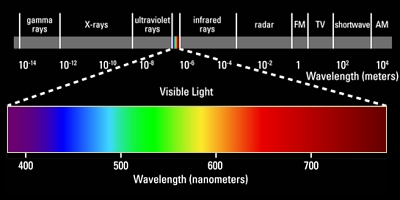Radiation Sensors
5/11/2017
I have been researching radiation sensors and found a number that could be used on the balloon mission.
First, a small board can be built which uses the BPW34 PIN diode.
Dr. Peter Jansen developed this board as part of his openct scanner project. This board is designed to be read by an Arduino and uses at least one (and possibly 4?) of the BPW type diodes. Unfortunately the page has not been updated for several years and the project may have died. This sensor is quite small physically which is good for the CT scanner but not as good for the Mars balloon payload scanner.
Another option is the Radiation Watch Model 5. This is shown below.
Sparkfun has this model for sale. The price is pretty reasonable given the amount of time that could be needed to build one up from scratch. Some complaints on Amazon around a similar model centered around the need to calibrate the sensor, and that a radiation source would be needed since background levels are typically low in normal settings. The sensor for the Radiation Watch device can be purchased from the vendor First Sensor which could make a custom circuit possible. According to the vendor, the device could be used to detect alpha, beta, gamma, and x-rays. In practice the type of radiation to be detected determines packaging and detection of alpha particles may be difficult. First Sensor has various models of sensors available as well. There seem to be lots of parts needed to make this a usable sensor which implies a custom PC board.
Another sensor that has been designed for the Arduino is the Tino. This shield is shown below:
This shield includes components not needed for the balloon, such as interfaces to the counter and such, as well as a speaker. No one on Mars will be listening to clicks from the balloon! The sensor on the shield is shown in more detail below:
Note the sensor is rather small. The sensor is able to detect beta, gamma, and x-rays. The vendor is Teviso. I have contacted them and may be able to put together a small and balloon ready instrument that is light weight and avoids unnecessary hardware as many components appear to be incorporated into the device.
Various types of radiation may be present on the surface of Mars. These radiation types include gamma rays, X rays and even possibly subatomic particles. Our visible light spectrum is just a small part of the EM spectrum, as this diagram shows. Radiation to the left (shorter wavelength) of the visible is nasty to life, and is usually blocked by Earth’s atmosphere but will not be blocked as much by Mars much thinner atmosphere.
It is very important for humans to have a good idea of the radiation level on Mars before setting foot there.
Radiation exposure has been estimated for a manned mission as shown:
The figure above assumes that the human is not protected by a level of soil or water as has been proposed for the actual habitat.
The chart above provides a good summary too.






